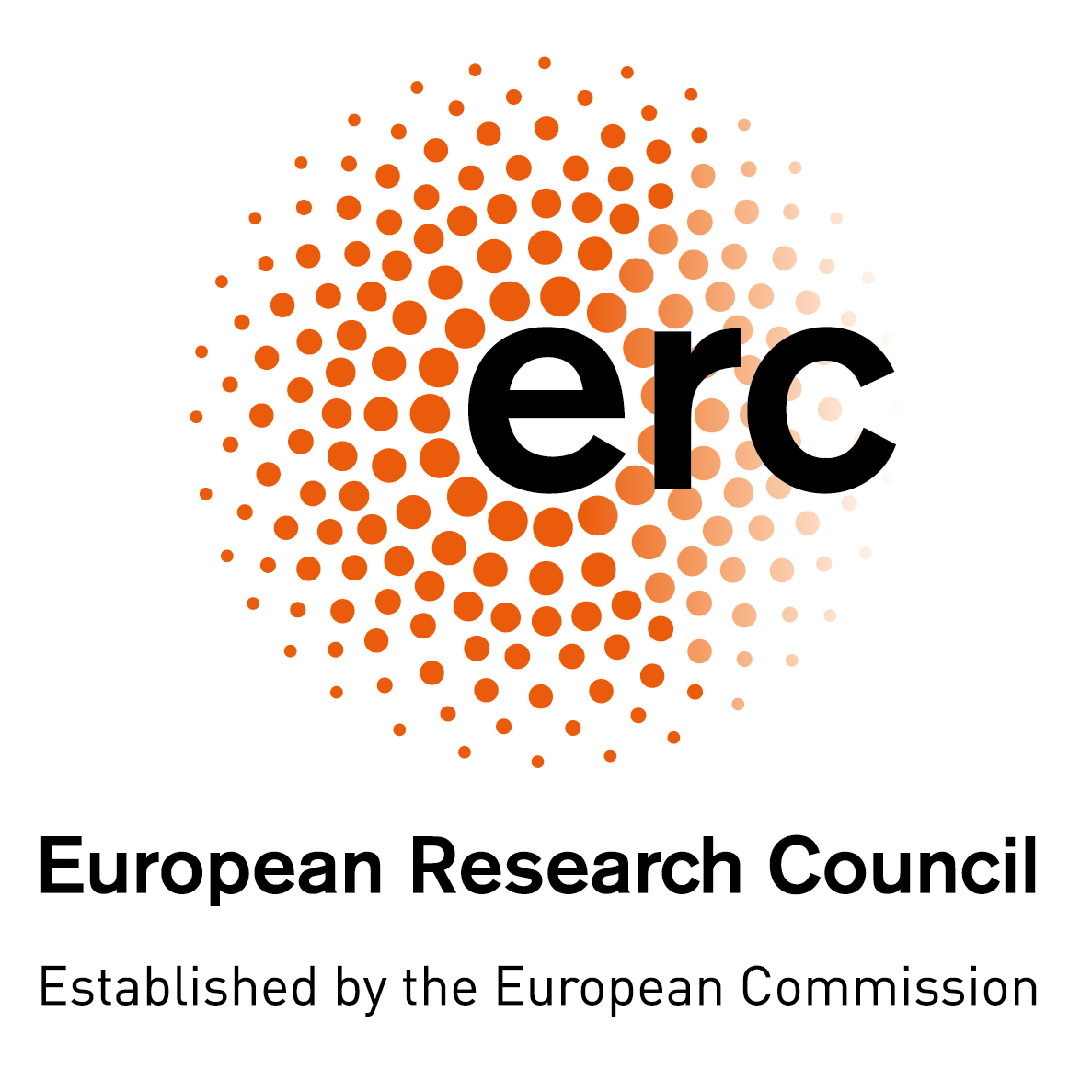DSEM demo videos: Supporting materials
Ellen Hamaker | Methodology & Statistics | Faculty of Social and Behavioural Sciences | Utrecht University
Last update: November, 2022
\(~\)
This page contains the Mplus input and output files, and the simulated data files that form the basis for the DSEM demo videos that I recorded; you can find the playlist here.
If you have comments about these materials, or suggestions for other videos on DSEM, you can contact me here.
\(~\)
Introduction
Dynamics structural equation modeling (DSEM) is based on a combination of time series modeling, multilevel modeling, and structural equation modeling. It can be used to analyze time series data and intensive longitudinal data, such as obtained with daily diaries, ecological momentary assessments, experience sampling, ambulatory assessments, and other techniques that tend to result in (relatively) large numbers of repeated measures (say, more than 20) per case.
More information about DSEM and how it was implemented in the software package Mplus can be found on the website for our DSEM book chapter, and the Mplus website.
\(~\)
DSEM models
The DSEM demo videos show how to use Mplus to specify specific models, and how to interpret the output. In addition, there will also be videos that focus on various aspects related to DSEM analyses, such as Bayesian estimation and useful plotting options.
\(~\)
\(\blacktriangleright\) N=1 models
Here are the links to the
Mplus input discussed in this video
Mplus output discussed in this video
\(~\)
\(\blacktriangleright\) Multilevel model
The simulated data that are used in the DSEM demo videos on multilevel models can be found here.
Part 1: Basic dynamic multilevel models
Several basic dynamic multilevel models are discussed in the part 1 videos, with one focusing on the input, and the other focusing on the parameter estimates.
The models covered include:
Model 1: random means; non-random slopes and non-random residual variances (Mplus input and output)
Model 2: random means and random slopes; non-random residual variances (Mplus input and output)
Model 3: random means, random slopes, and residual variances that covary (Mplus input and output)
Part 2: More advanced DSEM models
More advanced dynamic multilevel models (with structural equation modeling at the between level) are discussed in the part 2 videos, with one focusing on the input, and the otehr focusing on the parameter estimates.
Models that are discussed in these videos—and models that are closely related to them—are:
Model 4: random means, slopes, residual variances which are indicators of a latent variable (Mplus input and output)
Model 5: random means, slopes, residual variances which are predicted by a level 2 predictor that is grand mean centered (Mplus input and output)
Model 5 (noncentered): random means, slopes, residual variances which are predicted by a level 2 predictor that is NOT centered (Mplus input and output)
Model 5 (nocov): random means, slopes, (log) residual variances which are predicted by a level 2 predictor that is grand mean centered, with the residual covariance between the person specific means on CL and TE fixed to zero (Mplus input and output)
Model 5 (rescov): random means, slopes, (log) residual variances which are predicted by a level 2 predictor that is grand mean centered, with the residual covariance all estimated freely (Mplus input and output)
Model 6: random means, slopes, (log) residual variances which are predicted by a level 2 predictor and that predict a level 2 outcome (Mplus input and output)
(NB: There are some very minor differences in the output provided here for models 5 and 6 compared to the results in the video; I used PROC=2 here, whereas PROC=4 for these models in the video.)
And here is a bonus model, combining path analysis and factor analysis at the between-person level:
- Model 7: random means, slopes, (log) residual variances are indicators of a latent variable; this latent variable is a mediator between a level 2 predictor and a level 2 outcome (Mplus input and output)
\(~\)
Miscellaneous
\(\triangleright\) Bayesian model estimation
Materials to be added later.
\(\triangleright\) Plotting options
Materials to be added later.
\(\triangleright\) TINTERVAL option
Materials to be added later.
\(\triangleright\) Standardized results
Materials to be added later.
\(~\)
Funding
This website and the DSEM demo videos are created as part of a project that has received funding from the European Research Council (ERC) under the European Union’s Horizon 2020 research and innovation programme (grant agreement No 865468).
\(~\)
